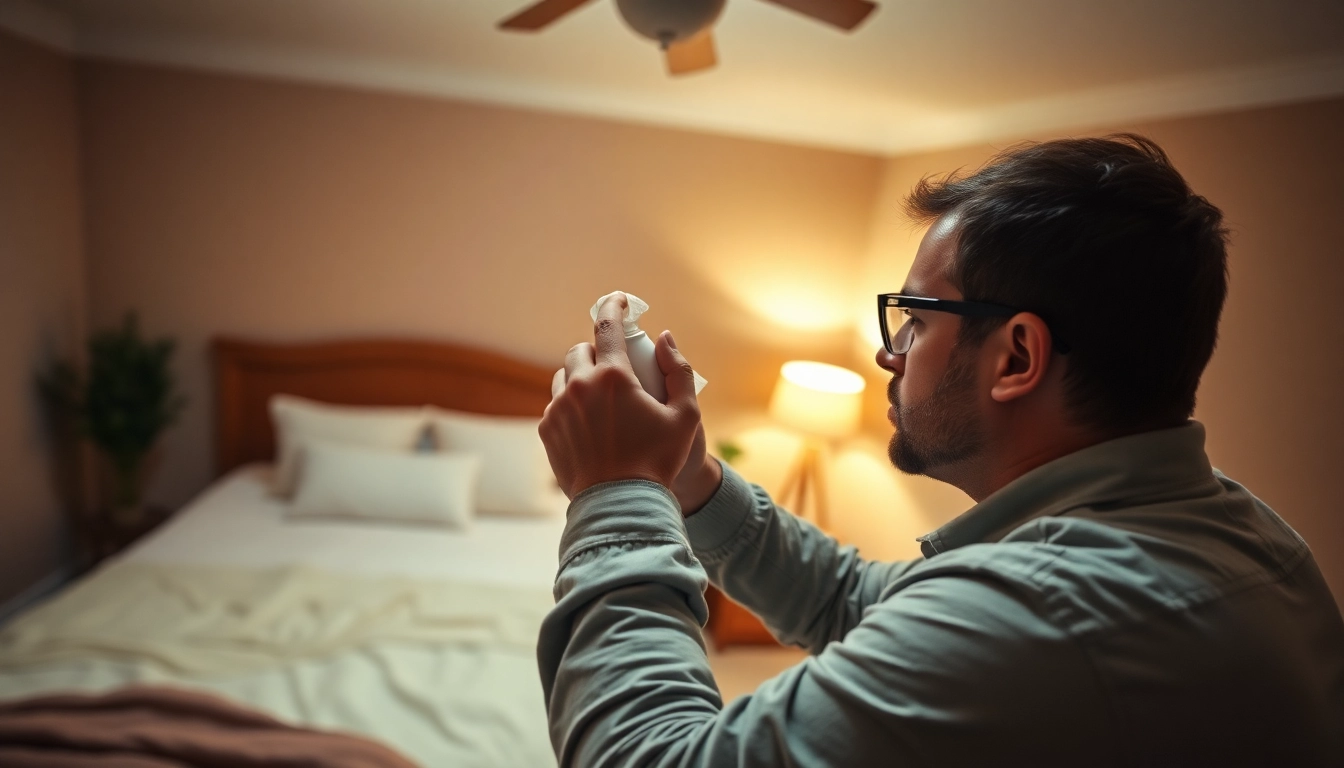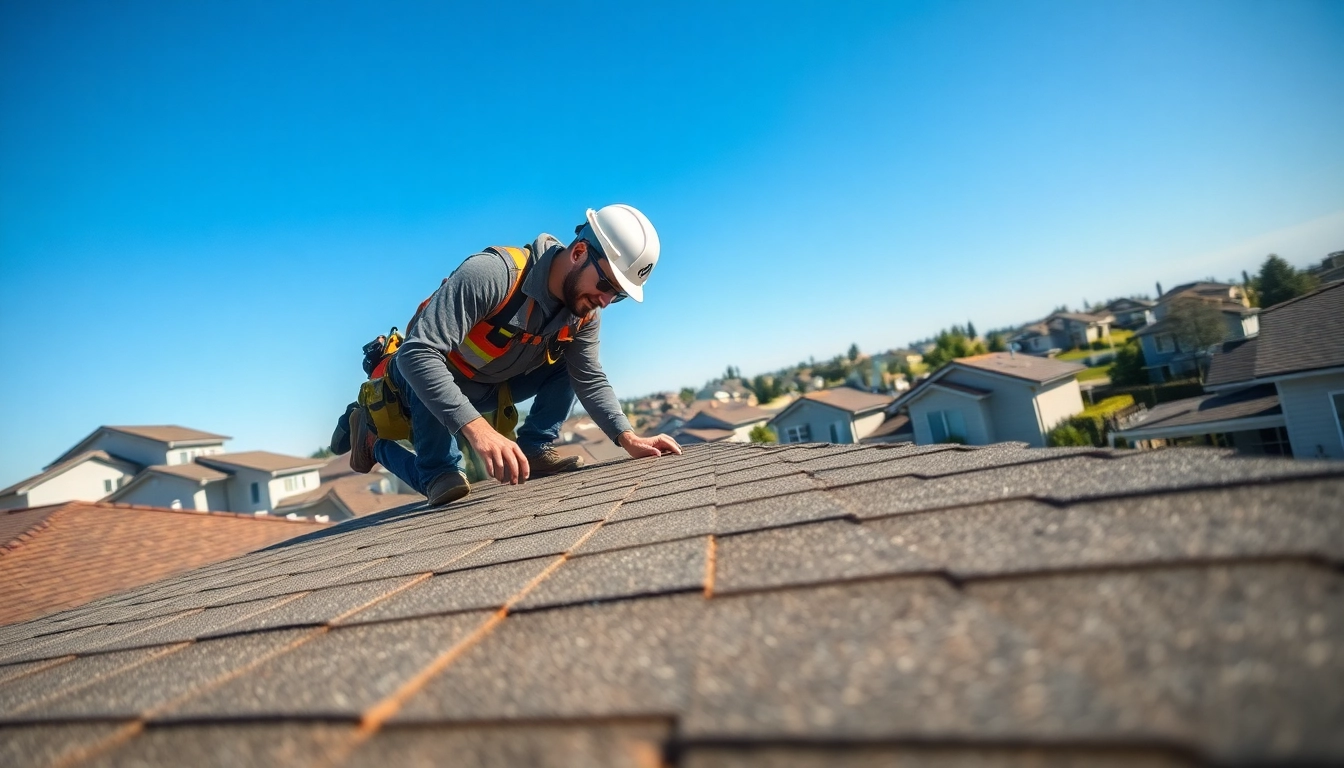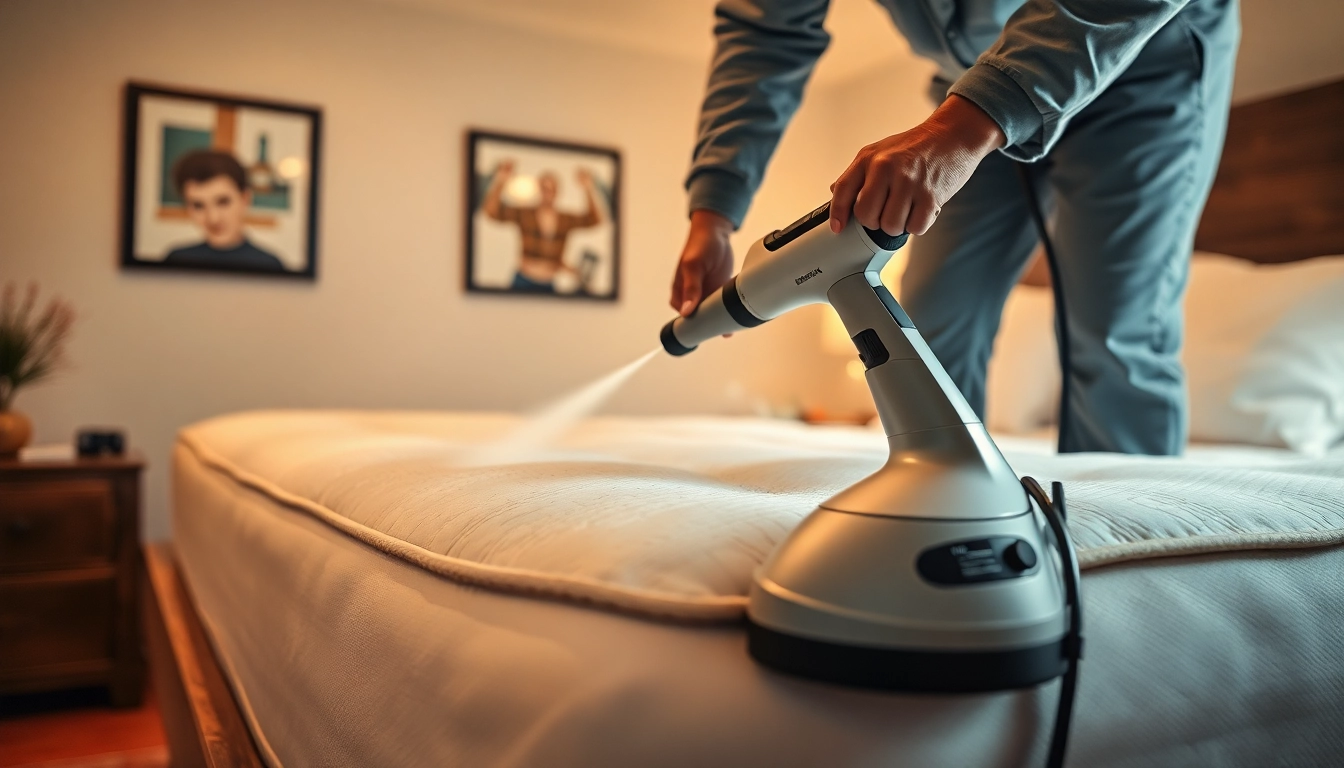Understanding Bed Bug Infestations
What are Bed Bugs?
Bed bugs are small, parasitic insects that feed on the blood of humans and animals. They’re approximately the size of an apple seed, making them easy to overlook during daylight hours when they hide in the cracks and crevices of beds, furniture, and other household items. These nocturnal pests are most active at night, emerging from their hiding spots to feed on unsuspecting hosts. Bed bugs reproduce quickly, leading to rapid infestations if not addressed swiftly.
Signs of an Infestation
Recognizing a bed bug infestation early is vital in mitigating the problem. Common signs include:
- Bites on the Skin: Small, red, itchy welts on exposed skin areas often resemble mosquito bites.
- Blood Stains: Tiny blood spots on sheets or pajamas indicate where bed bugs have fed and then been crushed.
- Dark Stains: Fecal spots that appear as small, dark flecks on surfaces around the bed.
- Eggs and Shed Skins: Finding tiny, yellow-white eggs or shed skins (exuviae) indicates recent activity.
- Strong Musty Odor: A distinctive, musty smell can often be detected in heavily infested areas.
Health Risks Associated with Bed Bugs
While bed bugs are not known to transmit diseases, their presence can lead to severe discomfort. The psychological impact includes anxiety, insomnia, and fear of infestations. Constant scratching of bites can also lead to secondary infections. Addressing a bed bug problem goes beyond physical discomfort; it can affect emotional well-being, making effective bed bug pest control essential.
DIY Bed Bug Pest Control Methods
Home Remedies for Bed Bugs
For those looking to tackle a bed bug problem independently, various home remedies may provide initial relief. Some effective home strategies include:
- Diatomaceous Earth: A natural powder that can kill bed bugs by dehydrating them. Sprinkle it around baseboards and infested areas, ensuring it’s kept dry.
- Essential Oils: Oils like tea tree and lavender have been reported to repel bed bugs. However, their effectiveness may vary and they often serve better as a preventive measure rather than a complete solution.
- Vacuuming: Regular and thorough vacuuming can help to remove bed bugs and their eggs. This method should be followed by disposing of the vacuum bag immediately.
Using Heat Treatment
Heat treatment is a highly effective method, as bed bugs cannot survive temperatures above 120°F (49°C). You can use a combination of steamers, washers, and dryers to effectively kill bed bugs:
- Washing: Wash and dry bedding and clothing on the highest settings. This technique can eliminate bed bugs in their entirety when done correctly.
- Steam Cleaning: Utilizing a steam cleaner can penetrate deep into furniture, killing bed bugs and their eggs on contact.
- Steam from Hot Water: Use water heated to at least 130°F (54°C) in areas where bed bugs thrive, as this method is effective for killing them on contact.
Employing Chemical Solutions
When home remedies fall short, chemical pesticides may be necessary. Professional exterminators often use approved insecticides that target bed bugs effectively. Consumers can choose from various sprays and powders available; however, precautions must be taken to ensure safety:
- Follow Instructions: Always follow the label directions carefully.
- Use Protective Gear: Gloves and masks are essential when applying chemical treatments.
- Test Surfaces First: Before widespread application, test a small area to ensure no damage occurs.
Professional Bed Bug Removal Services
When to Call an Exterminator
While DIY solutions can be effective for minor infestations, there are times when calling a professional exterminator is essential. It’s advisable to seek expert help when:
- The infestation is widespread or severe.
- Home remedies haven’t yielded results after consistent efforts.
- Bed bugs are interfering with daily life or mental well-being.
Choosing the Right Service
When selecting a pest control service, consider the following factors:
- License and Certification: Ensure the exterminator holds the necessary certifications and licenses to operate.
- Experience: Look for established companies with a track record of effective bed bug extermination.
- Reviews and Testimonials: Research customer reviews and ask for referrals from friends or family.
- Protocols Used: Inquire about the methods and treatments they use, ensuring they are safe and effective.
Cost Considerations for Treatments
The cost of professional bed bug treatment can vary significantly based on several factors:
- Infestation Severity: More extensive infestations usually require more treatment and thus cost more.
- Methods Applied: Heat treatments typically cost more than chemical solutions due to the technology involved.
- Size of Property: Larger homes will naturally incur higher costs because of the increased area to cover.
Expect to budget anywhere from $300 to $1,500 for treatment, depending on these factors. In some cases, ongoing maintenance plans may also be available.
Prevention and Maintenance Strategies
Effective Preventive Measures
Preventing a bed bug infestation from occurring in the first place is essential for peace of mind. Key preventive measures include:
- Regular Inspections: Routinely inspect beds, furniture, and luggage for signs of bed bugs, especially after travel.
- Protective Covers: Use mattress and pillow encasements that are bed bug-proof to prevent them from breeding in your bedding.
- Clutter Management: Keep living spaces tidy and clutter-free, making it easier to spot infestations early.
Regular Inspections
Regular inspections of your home can help identify potential problems before they escalate. Key areas to inspect include:
- Mattresses and box springs.
- Bed frames and headboards.
- Cracks and crevices in furniture.
- Behind picture frames and wall hangings.
- Corners of carpets and rugs.
Tips for Travelers and Renters
If you frequently travel or rent properties, you are at an increased risk for bed bug exposure. Consider the following tips:
- Inspect Accommodations: Before settling in, check for signs of bed bugs in your room, including behind the headboard and along the mattress seams.
- Luggage Management: Keep luggage on luggage racks rather than on beds or carpeted areas.
- Wash Immediately: Upon returning home, wash all clothes and inspect your luggage for any signs of bed bugs.
Conclusion and Final Thoughts
Recap of Effective Strategies
Addressing a bed bug infestation effectively requires a multifaceted approach involving detection, treatment, and prevention. Utilizing both DIY methods and professional services can help ensure a successful resolution to any infestation.
Understanding Your Options
Each situation is unique; hence understanding the specific nature of the infestation can empower you in making informed decisions. Be sure to evaluate the effectiveness of various treatments and when necessary, engage professional services to manage complex cases.
Resources for Further Assistance
For more information on prevention and treatment of bed bugs, consult resources like the EPA or your local pest control provider.



